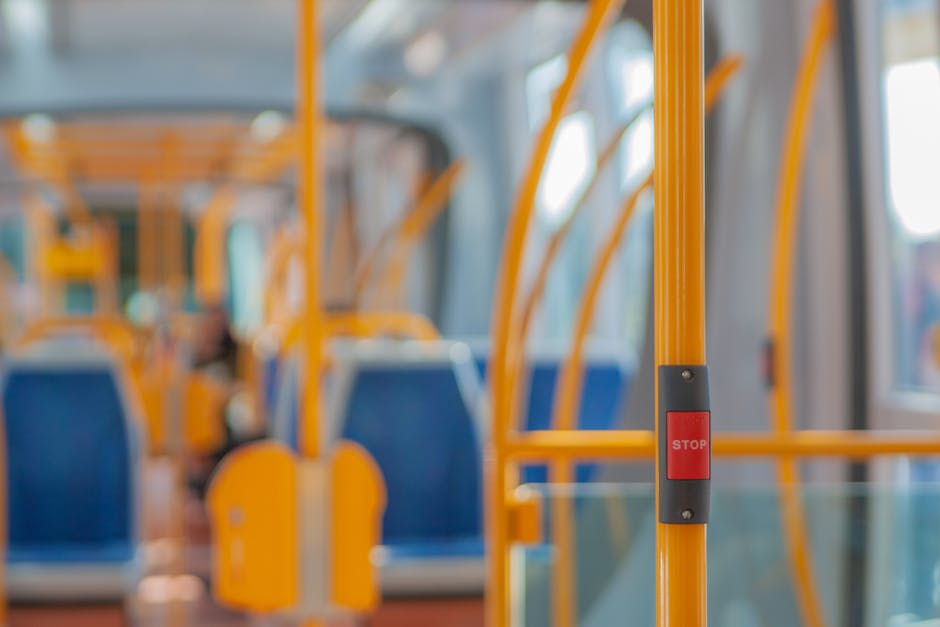Many overlook the countless laws and regulations to keep track of when driving a car. One law that's got many Californian parents scratching their heads is the "CA Booster Seat Law."
This law outlines California's requirements and guidelines for using child safety and booster seats. We're here to help you navigate this tangled web of regulations and keep your kiddos safe and sound. In this article, we'll explore the nitty-gritty of the CA Booster Seat Law, addressing common questions and concerns.
The Law: When Do You Need a Booster Seat?
California's booster seat law, formally known as Vehicle Code 27360, mandates child restraint systems for children under specific age, weight, and height requirements. To break it down for you, here's a quick rundown of when a booster seat is required:
-
Under two years old: Children must be secured in a rear-facing car seat unless they weigh at least 40 pounds or more or are at least 40 inches tall.
-
Ages 2 to 7: Children must be secured in an appropriate forward-facing car or booster seat until they outgrow the manufacturer's weight and height limits.
-
Ages 8 to 15: A child must use a booster seat if the child is too small to fit properly in a vehicle's seat belt.
California Booster Seat Statistics
It’s important to know that some vehicles have built-in child restraint systems. If your vehicle has one of these, you're good to go and don't need a separate booster seat.
To underscore the significance of adhering to the CA Booster Seat Law, let's look at some eye-opening statistics from 2022 that highlight the impact of booster seats on child safety in California.
-
Booster Seat Effectiveness: According to the California Office of Traffic Safety (OTS), using a booster seat lessens the risk of serious injury by 45% for children aged 4 to 8, compared to using seat belts alone.
-
Child Passenger Safety: In 2022, California saw a 12% decrease in child passenger fatalities for ages 4 to 8 compared to the previous year, thanks partly to increased booster seat usage and heightened public awareness campaigns.
-
Booster Seat Compliance: A survey conducted by the California Department of Public Health (CDPH) in 2022 found that 89% of children aged 4 to 7 were using booster seats, an increase of 7% compared to 2020.
-
Child Restraint Violations:The California Highway Patrol (CHP) reported that in 2022, there were over 4,000 citations issued for child restraint violations, including failure to use booster seats or misuse of booster seats. This number, however, reflects a 10% decrease in violations from the previous year, indicating a growing awareness and compliance with the CA Booster Seat Law.
-
Public Awareness Initiatives: In 2022, the CHP, OTS, and CDPH partnered to launch a statewide public awareness campaign called "Buckle Up, California!" to educate parents and caregivers on the vitality of using booster seats and following the CA Booster Seat Law. This campaign contributed to the increased compliance and reduced child passenger fatalities observed in 2022.
These statistics from 2022 emphasize the critical role booster seats play in protecting our youngest passengers on California roads. By staying informed and adhering to the CA Booster Seat Law, we can continue to impact children says the positive impact of preventable injuries and fatalities positively.
Types of Booster Seats: Picking the Right One
Now that you know when you need a booster seat, let's dive into the available types. There are two main categories:
-
High-back booster seats support the child's head and neck and are ideal for vehicles without headrests or low seatbacks.
-
Backless booster seats raise the child to ensure the seat belt fits correctly. They're best for vehicles with headrests and high seatbacks.
When selecting a booster seat, consider your vehicle's design and your child's specific needs. Remember to check the manufacturer's weight and height limits guidelines.
Installation Tips: Getting it Right the First Time
A booster seat is only effective if it's installed correctly. Here are some pointers for ensuring your child's booster seat is secure and safe:
-
Always follow the manufacturer's instructions for installation.
-
Ensure the lap belt lies snugly across the child's upper thighs, not their stomach.
-
Ensure the shoulder belt lies across the middle of the chest and shoulder, not the neck or face.
Keeping Your Kiddos Safe and Sound
Navigating the CA Booster Seat Law might initially seem daunting, but with some knowledge and preparation, you'll be a pro in no time. Remember, these regulations are in place to ensure the safety of your precious cargo.
So, please stick to the guidelines, choose the right booster seat for your child, and hit the road with confidence knowing you're doing your part to keep them safe and sound. Following the CA Booster Seat Law keeps your child safe and contributes to a safer community.
Read more about car insurance claims and what you need to know to continue driving safer vehicles for you and your loved ones. Explore our resources at Keep Driving today!







